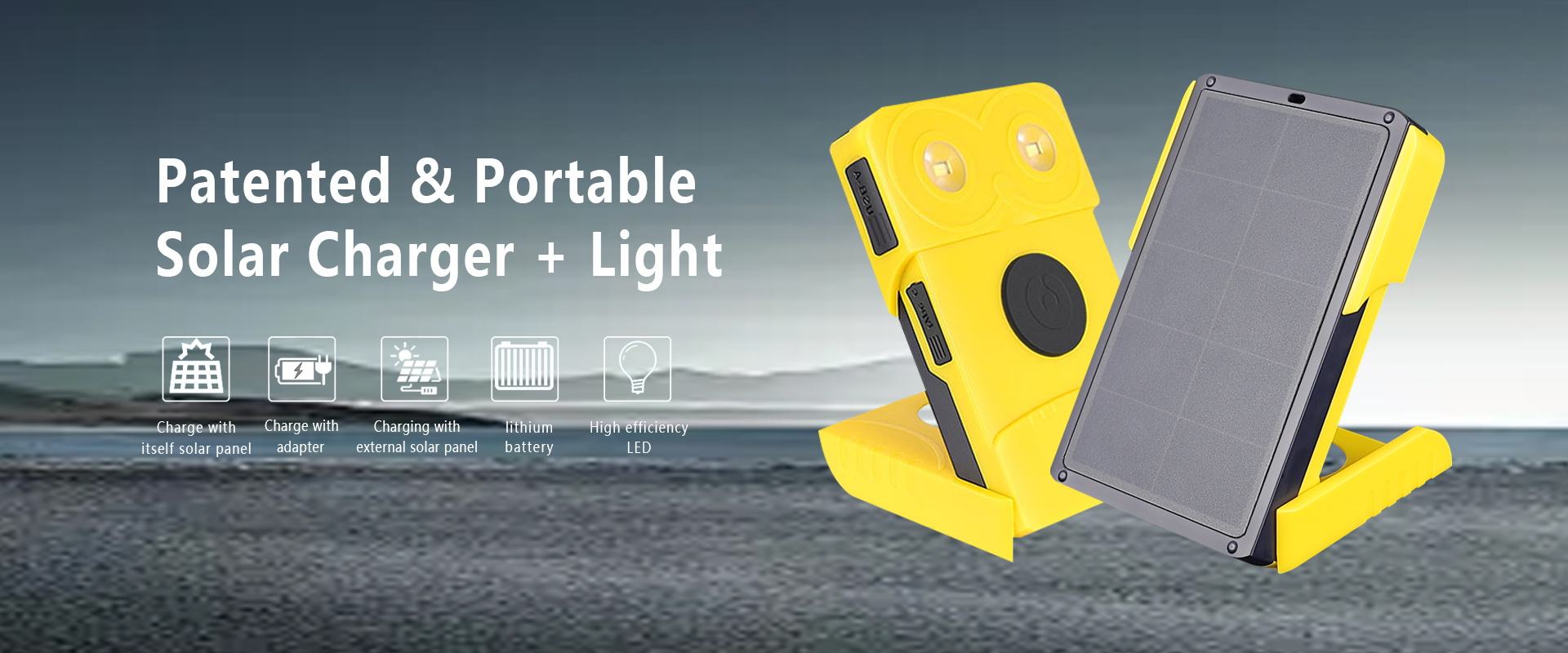

South Korea’s biggest companies could lose a key competitive edge over the next decade as they struggle to secure critical supplies of domestic renewable energy.

About
The analysis compares South Korea’s current wind and solar generation with the annual electricity consumption of the country’s 11 major exporting companies in steel, electronics, steel, and semiconductor sectors. The electricity data was collected from each company’s respective sustainability reports. The electricity generation data is from Ember’s Global Electricity Review.
Analysis
South Korea’s wind and solar output far below corporate needs. South Korea’s top 11 exporters consume 4.5 times more electricity than generated by wind and solar in 2020. South Korea’s biggest companies could lose a key competitive edge over the next decade, as they struggle to secure critical supplies of domestic renewable energy, without a significant boost from the incoming Yoon administration.
In fact, renewable energy output is so low that both Samsung electronics and SK Hynix alone currently use 20% more electricity than the national output of wind and solar. Collectively, the country’s 11 biggest exporters used 98 TWh of electricity in 2020. This was about 4.5 times the total wind and solar power generated in South Korea in the same year.

The analysis compared South Korea’s current wind and solar generation with the annual electricity consumption of the country’s 11 major exporting companies in steel, electronics, steel, and semiconductor sectors. The electricity data was collected from each company’s respective sustainability reports. The electricity generation data is from Ember’s Global Electricity Review.
According to Ember’s Global Electricity Review published on 30th March 2022, solar and wind generated only 4.7% of the country’s electricity last year. This is less than half of the world’s average, which hit a record of generating 10% of global electricity for the first time. Other G20 countries in Asia are transitioning their electricity grids at a much faster rate, including Japan (10.2%), China (11.2%) and India (8.5%).

In contrast, coal accounts for 34.6% of South Korea’s total power generation, which is the fourth highest among OECD countries, behind only Poland, Australia, and the Czech Republic. Ember found that South Korea was the world’s fifth largest generator of coal-fired electricity in 2021. Over 20% of coal imports for power generation came from Russia in 2020, according to Ember data.
In total, South Korea gets 64% of its electricity from fossil fuels.
Conclusion
South Korea’s biggest companies risk losing competitive edge. As highlighted in the last presidential election debate, South Korean exporters risk losing out to international competitors if companies fail to join the RE100 initiative and commit to 100% renewable electricity.
